Author: hyenaz7984
-
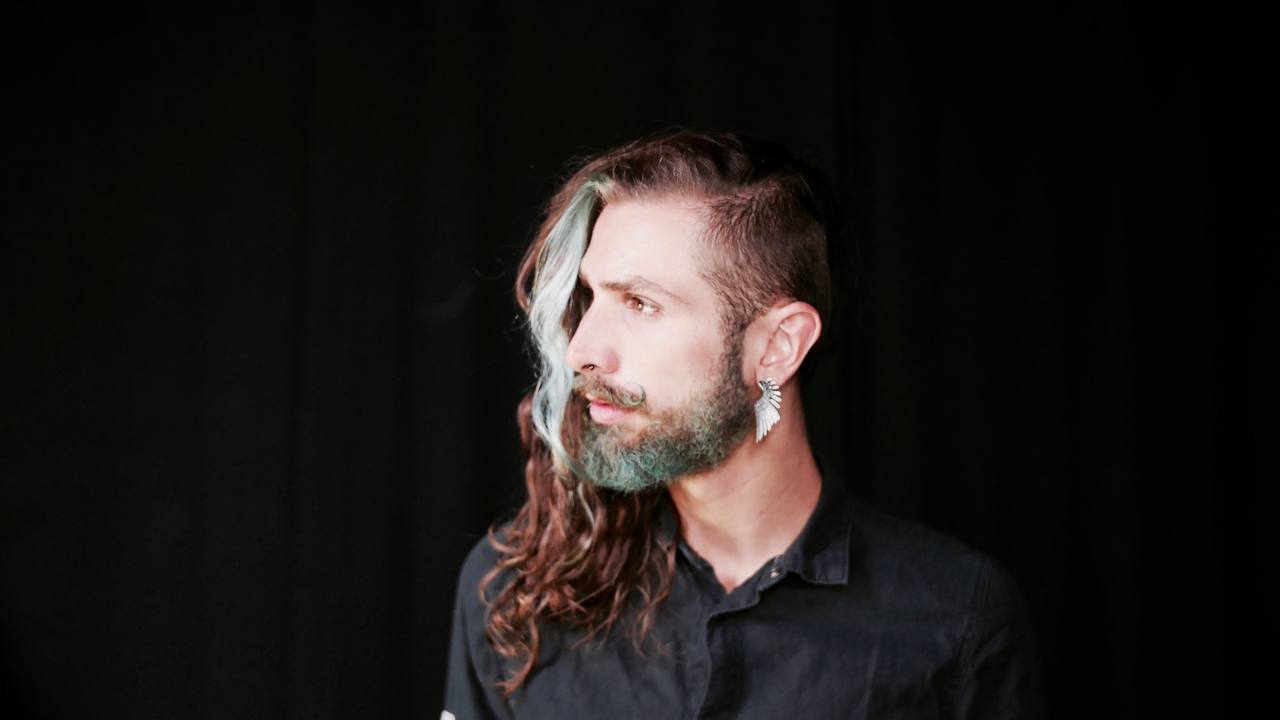
Queering Audibility (with Eyk Kauly)
The collaborative show “Queering Audibility” by Eyk Kauly and HYENAZ explores the intersection of deafness and sound art through performance and sign language, challenging traditional notions of audibility.
-

HYENAZ: Automine / Live at Performatorio 18.05.2024
25-26 May, 2022: Berlin Automine asks: what are bodies worth in the digital age? And answers this question through a performance of the performance through which bodies create value, for themselves, but most likely for others….
-
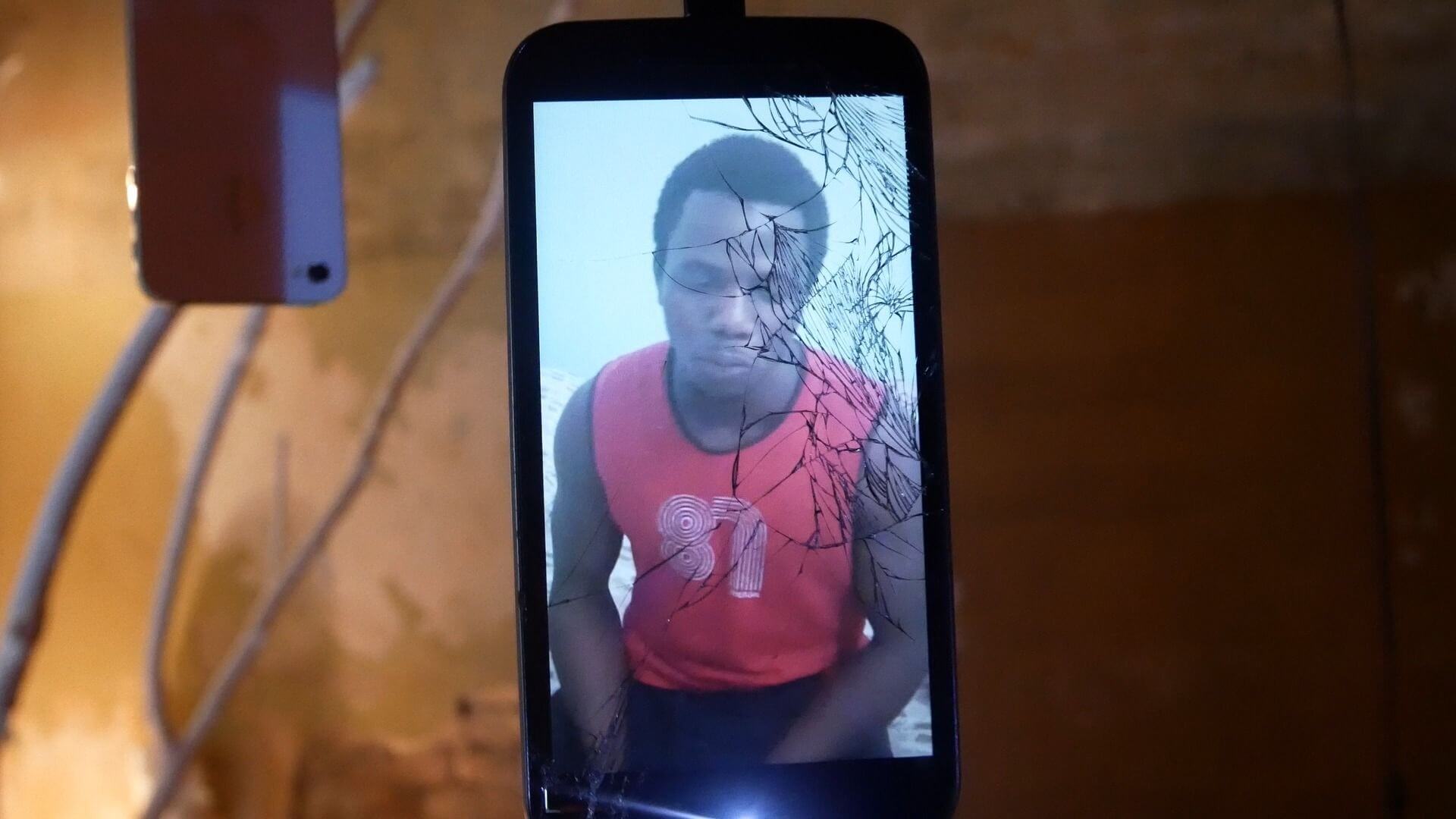
Ex Situ feat Yusuph Suso / Featured in party office’s Mad Time Warp playlist at documenta fifteen
Ex Situ is a project of HYENAZ and Yusuph Suso, with the work of Lau Bau and Rodrigo Frenk. It is a live performance, a musical track, a music video, an audiovisual sculpture and an interactive web based app which maps the fragile technological threads from which human beings conduct transdimensional lives in past, current…
-
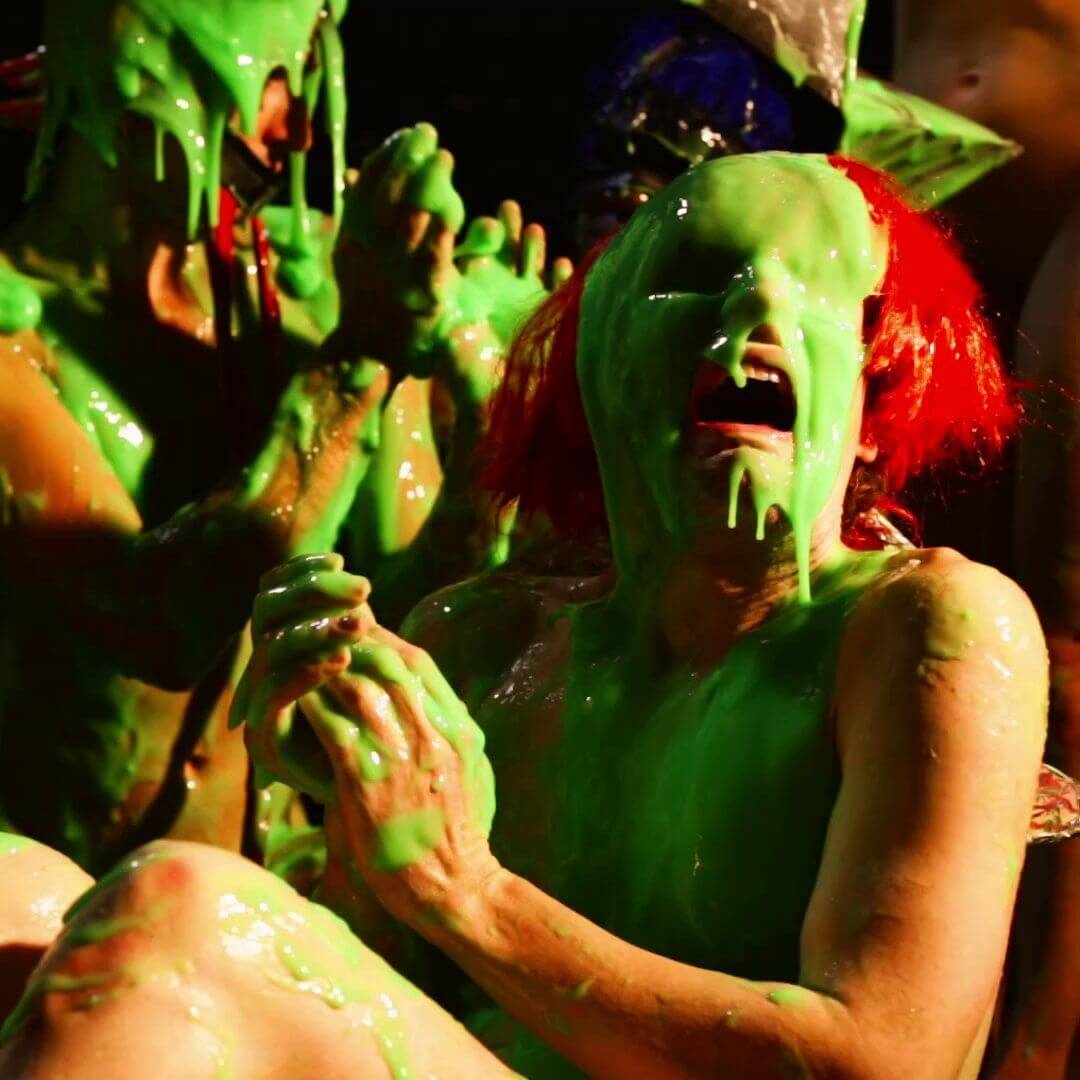
Proximity / Presented at Hamburg Short Film Festival 2023
This damp and amphibious track extrapolates from field recordings of an immense network of stuttering frogs, which we encountered on Yorta Yorta country in South-Eastern Australia. The frogs reacted to their presence and movement by altering the intensity and volume of their vocalizations, creating an organic techno. The singular texture of PROXIMITY is the result…
-
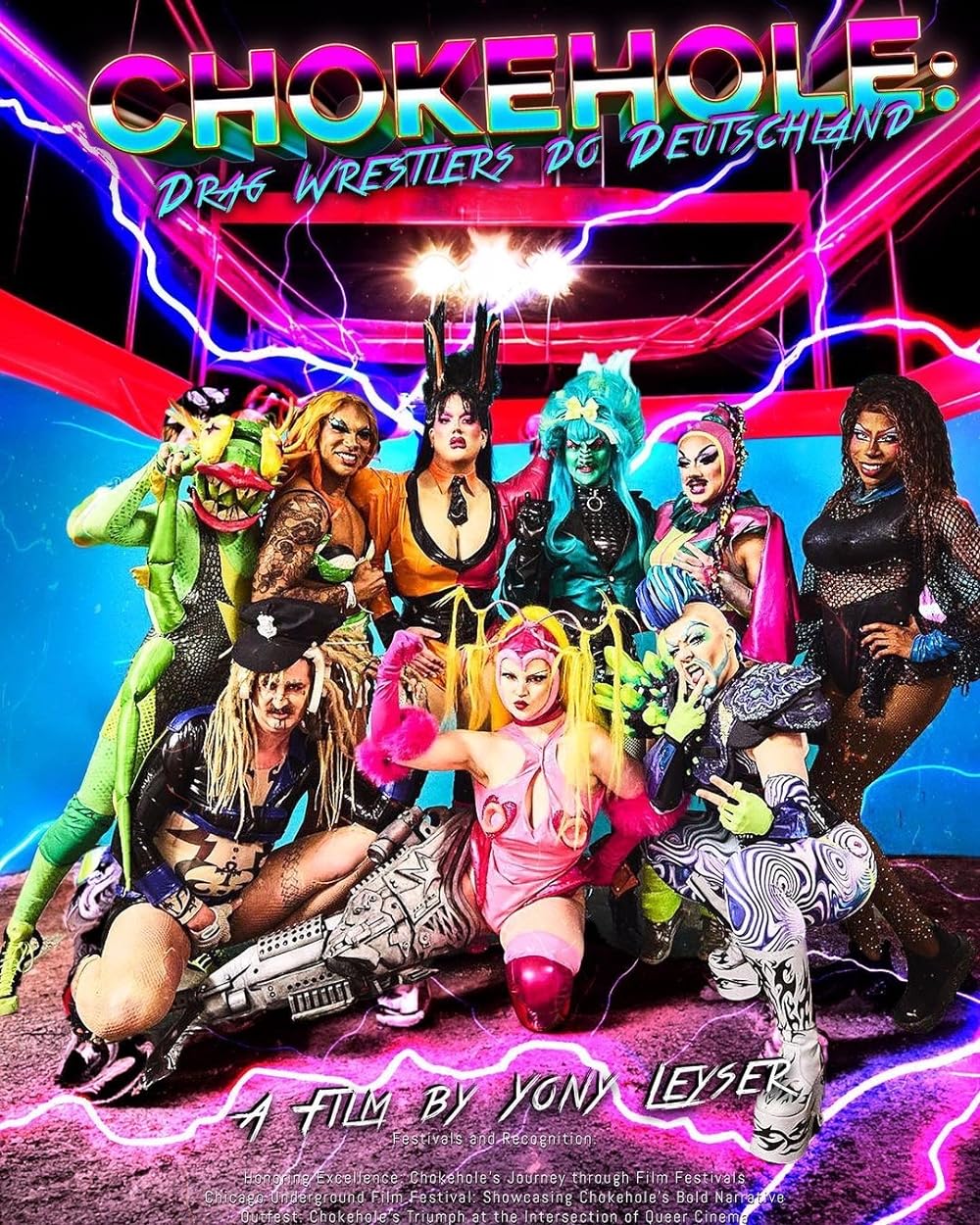
Chokehole: Drag Wrestlers do Deutschland
One hot summer night in New Orleans a drag collective staged wrestling night. They dressed up as their vibrant alter-egos, and proceeded to beat the living daylights out each other while the audience collectively lost their shit. That night, Chokehole was born. This documentary follows Chokehole as they take the show to Germany, sharing the…
-
Protected: Draft: Animate Sonic Archives and Conditions of Audible Afterlife
There is no excerpt because this is a protected post.
-
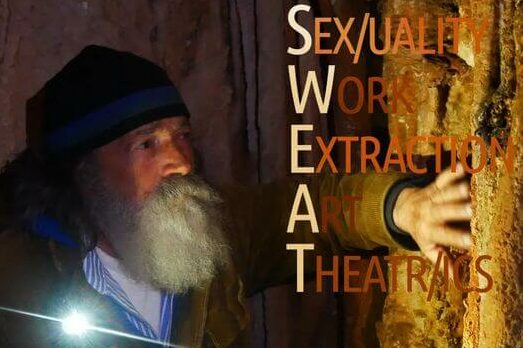
S.W.E.A.T. podcast featuring HYENAZ in conversations on Extraction
As artists and researchers, we are constantly exploring the connections between art, the environment, and labour rights. Interviews from our ongoing Extraction project were broadcast as part of Mad Kate’s S.W.E.A.T. podcast. In March 2023 we had the opportunity to interview Donato Laborante, who we met during our tour of the Murgia region of Italy…
-
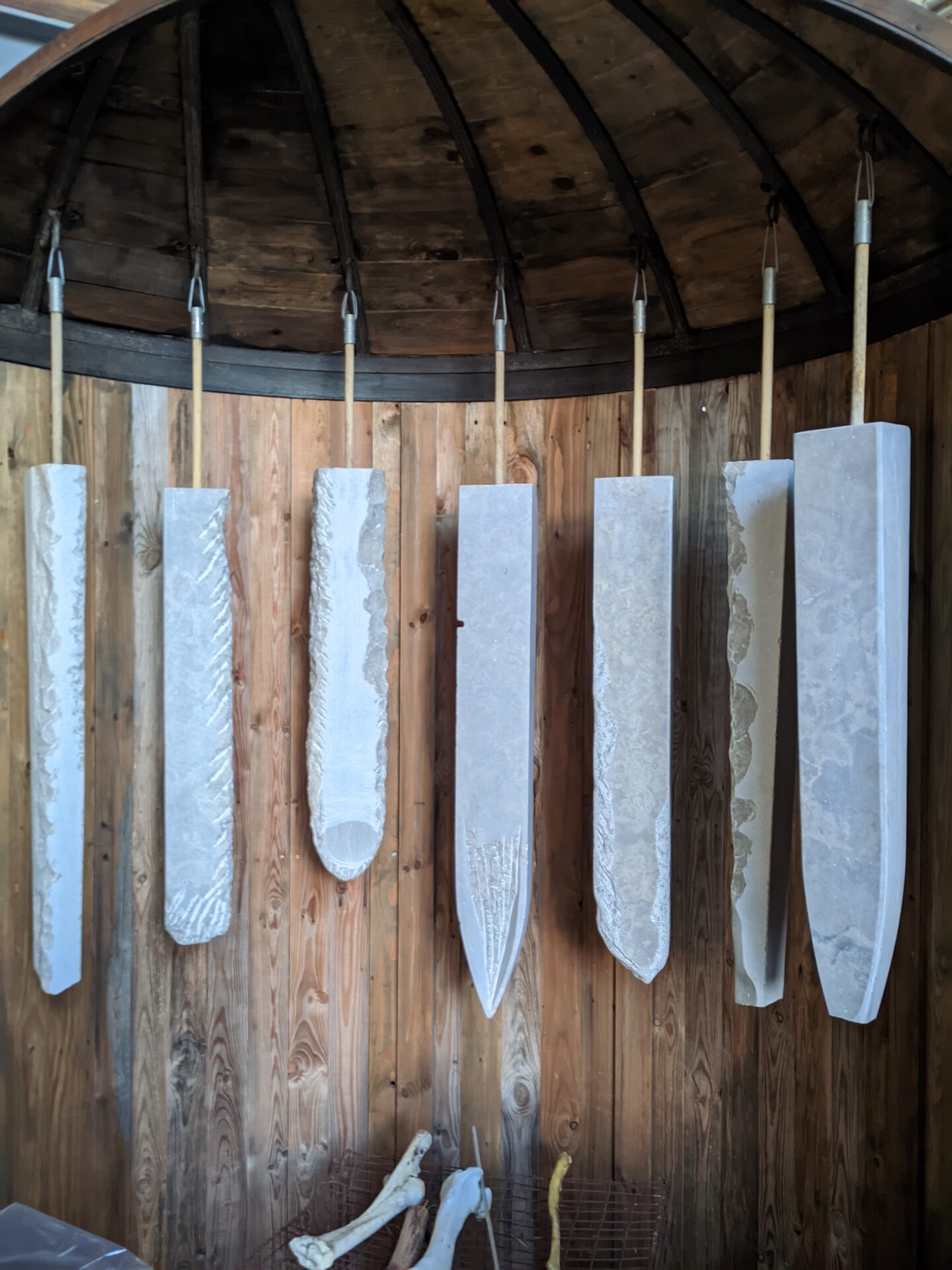
Sound in Stone
For the purposes of this project, I sought to delve deeply into the resonant and sonorous potentials of stones. My intention was to investigate a series of geological rock formations, and to make a number of field recordings of caves, stone bodies, and lithophones (instruments made from stone). With these auditory ‘imprints’, I had aimed…
-
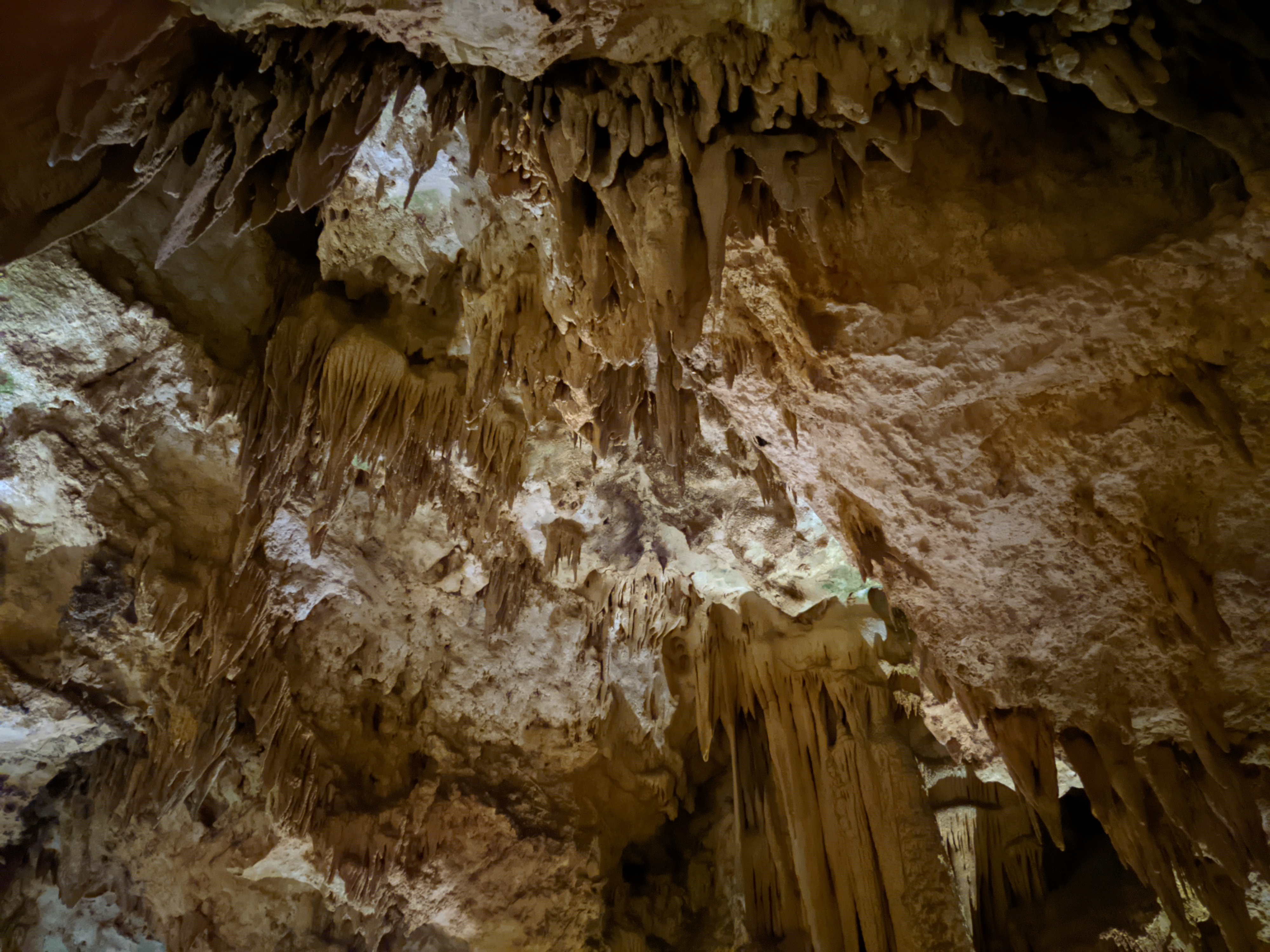
Sound in Stone: Field Research – Stalacpipe Organ, Luray Caverns
In April 2023 I had the opportunity to visit the incredibly vast underground caverns and fascinating geological formations located in Luray, Virginia, USA. The caverns feature a remarkable assortment of intricate stalactites, stalagmites, columns, and draperies, formed over millions of years through the slow process of mineral deposition. I came in search of listening to…
